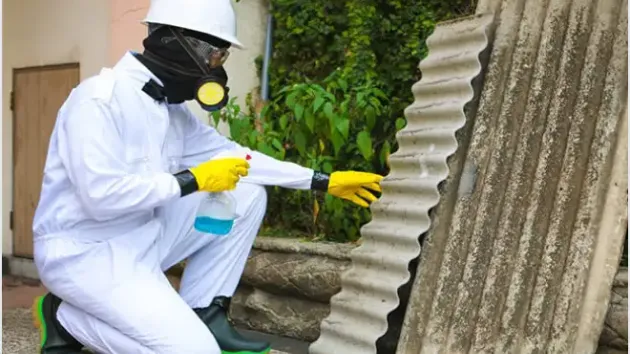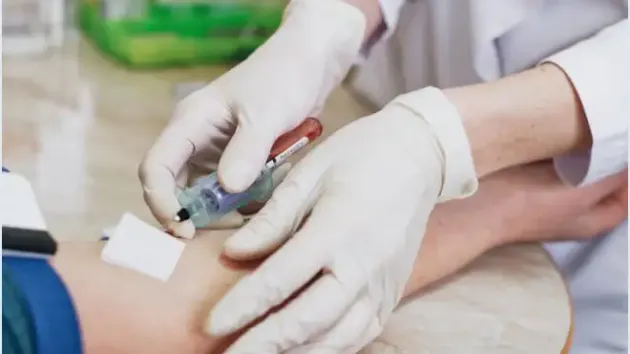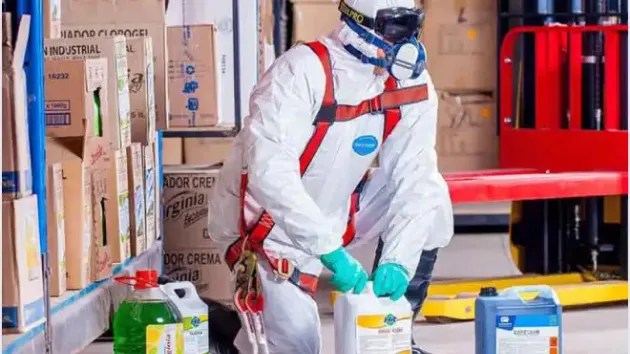Introduction
Despite working in a controlled setting, laboratory pathology employees have to manage the risk of contamination on a daily basis. From interacting with patient samples to handling highly contagious pathogens, potential hazards demand the implementation of a series of rigorous protection measures that must be followed at all times in order to keep lab employees safe.Potential Hazards
Some of the most frequent laboratory pathology risks are:
Accumulation of Fumes or Vapors.
Every pathology laboratory must be equipped with a dedicated ventilation system capable of providing everything from general air supply to specialized exhaust. In certain cases, snorkels or elephant trunks might be necessary to evacuate highly toxic or flammable vapors. There are a number of substances that can emanate fumes even at room temperature, without an interaction with additional chemicals or heat. Furthermore, containment or special filtration might be needed for a series of radiological or biological materials that can aerosolize and become airborne through routine lab processes.Exposure to Pathogens.
Evidence indicates that an alarming number of laboratory-acquired infections continue to occur on a yearly basis, although statistics are difficult to compile due to a severe lack of global systematic reporting. Infections due to bloodborne pathogens, such as hepatitis B or C and HIV, are some of the most common. A number of pathology institutions might also accommodate high risk work, which involves additional containment measures, such as protective cabinets and chemical cleansing.Chemical Spills.
Regardless of how many security protocols are in place, chemical spills will eventually occur in a laboratory setting. Although disruptive, these incidents can ultimately amount to nothing more than a nuisance if handled in a thoroughly appropriate manner. According to risk assessment guidelines, some major spills (such as Formaldehyde) might formally require the local fire department to be notified. Containment, vapors, and disposal of chemical waste must be addressed accordingly when such incidents take place.Chemical Mislabeling.
The process of labelling chemicals and samples is a complex and time consuming one. Products usually have a primary and secondary tag, both of which relay vital information regarding the materials. Mistakes in the labelling process are somewhat common and can ultimately lead to a more serious accident by failing to account for all the risks involved or by conveying the wrong lab results to a patient.
Incident Prevention
Every laboratory pathology institution has an occupational scheme that includes policies for immunization, working with pathogens, handling various chemicals, containment, and more. Given the wide range of personal and public health risks involved, it is vital for employees to receive adequate safety training when working in a lab.
When handling certain chemicals or samples, a series of protective measures will be in place. Depending on the hazardous nature and/or volatility of the compound, personal protective equipment requirements can range from gloves and apron to respirator, containment suit, and on-site ventilation. Almost all incidents reported in laboratory pathology are due to human error, which makes them fully preventable with the right amount of training.
Recommended Safety Courses



What You Can Do to Stay Safe
Whether you’re a lab or manufacturing technician, biochemist or microbiologist, the first step towards ensuring your own safety, as well as that of your colleagues is to become aware of the full extent of possible hazards in laboratory pathology. Throughout Canada, employers are legally required to offer safety training that accounts for the occupational risks associated with the working conditions of their personnel.
Meanwhile, employees are required to undergo safety courses such as the ones presented above and apply their knowledge on a day to day basis. To browse a comprehensive selection of safety programs associated with your job, please visit our Pharmaceuticals and Healthcare industry page and choose your occupation from the list provided.



